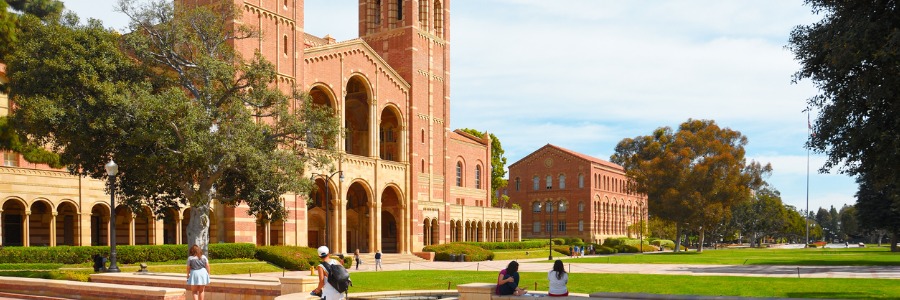
Maintaining 300+ acres of irrigated landscaping on a sprawling, higher-education campus can be challenging. With hundreds of acres of landscape turf and shrub beds encompassing a hospital complex, educational buildings, student dorms, sports fields and stadiums, The University of Utah compares to a mini-city. Maintenance during the pandemic became even more challenging because of a shortage of groundskeepers on campus. Topping that was a major surge of construction activity on campus with students being absent the past couple of years, and a skeleton groundskeeping crew trying to keep up with repairs when contractors digging would hit irrigation control wires, and knock the irrigation system offline.
Grounds Supervisor, John Walker of University of Utah weighs in during Webinar: Maintaining Healthy Landscapes on Higher Education Campus During a Pandemic, “New buildings going up, upgrades to the stadium, adding a building to the hospital—it’s been like a green light for construction on campus with fewer students on campus due to Coronavirus. Everything going a hundred miles an hour, trying to keep up with contractors to make sure we’re on top of anything they’re breaking or changing has definitely been a challenge.”
Switching from a conventional irrigation system to WeatherTRAK provided much-needed visibility for the Grounds Supervisor, when construction activity would consistently interfere with irrigation controllers.
“The most important thing I didn’t have before is visibility—the alerts we get, having the flow sensors working well,” says Walker. “When stadium construction was going on, they kept hitting power wires going to our controller, and I would get an alert as soon as the system went off line. But I was able to contact the general contractor and he would get a sub out and fix it quickly, so we weren’t losing plants because we weren’t watering. It was so important to have those alerts.”
Using WeatherTRAK Mobile has been an invaluable tool for not only a deeply-reduced groundskeeping staff, but also for contractors working on-site. “One of the student dorms was recently completed and the contractor was still doing maintenance on it, so we gave them access to that controller, and they were running all their own programs, and monitoring their site, but we can also jump on and see what they’re doing and monitor their progress” Walker mentions.
Being able to manage water flow through the mainline from one water source on campus made WeatherTRAK Optiflow another ideal choice. “Optiflow has been great for us, with all the controllers coming off one well, our one water source,” Walker points out. “Being able to adjust water windows quickly and keep water flow under 800 gallons a minute coming off the well, to make sure we’re not overtaxing the well.”
Besides resolving challenges of maintaining a higher education campus during a pandemic, switching to WeatherTRAK saved the University of Utah 18% of water usage its first year– a huge accomplishment for the size of the campus and amount of water being used. “In Utah, sustainability and water conservation is very important,” Walker points out. “A lot of people look at the university as an example in the community—what we can do to conserve water and how we can have a beautiful landscape and still be conscious of what we’re using and how we’re doing that.”

